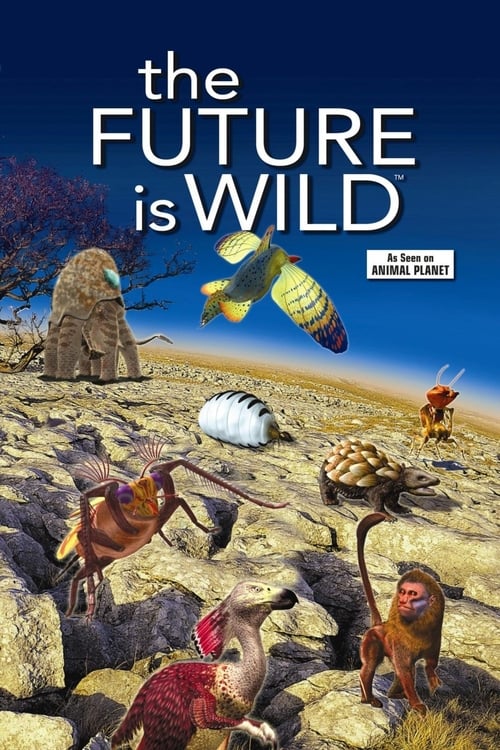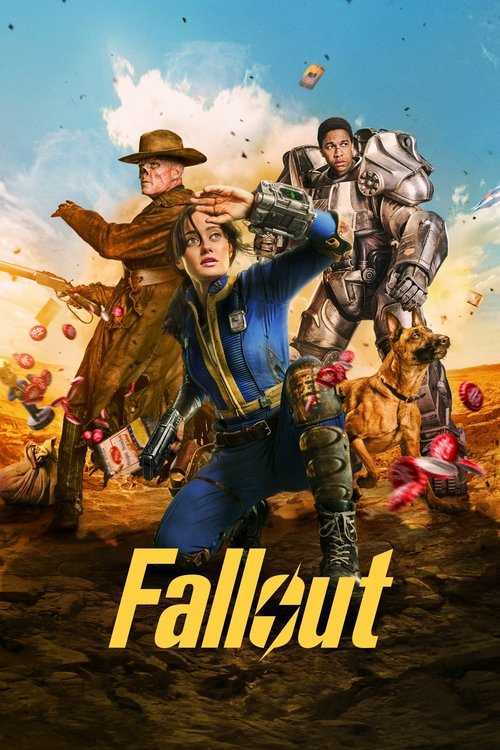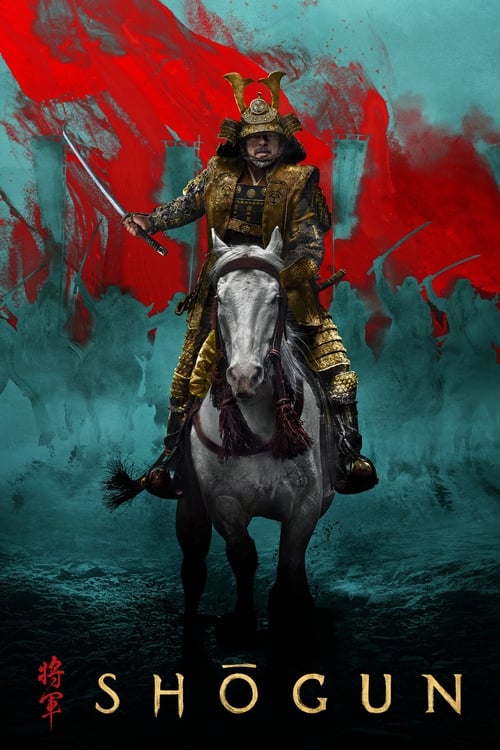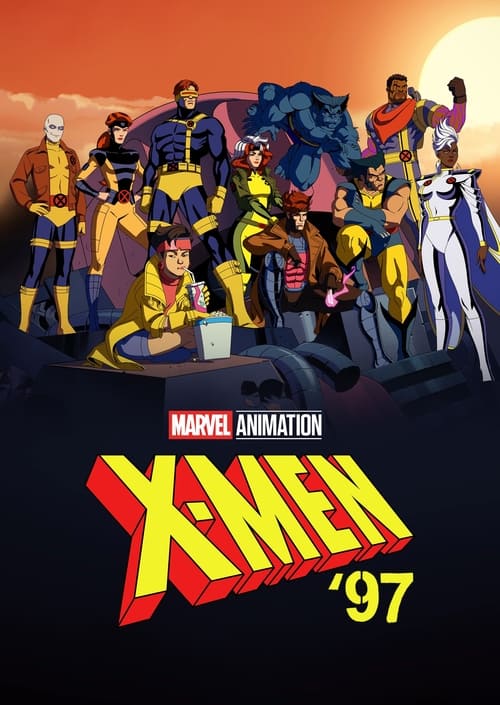
S01 Episode
A Poggie's Not a Pet...Yet
22 mins · Tue, 6 Jul 2010

S01 Episode 1
Welcome to the Future
5 h 25 mins · Tue, 2 Apr 2002

S01 Episode 2
Return of the Ice
5 h 25 mins · Tue, 9 Apr 2002

S01 Episode 3
The Vanished Sea
5 h 25 mins · Tue, 16 Apr 2002

S01 Episode 4
Prairies of Amazonia
5 h 25 mins · Tue, 23 Apr 2002

S01 Episode 5
Cold Kansas Desert
5 h 25 mins · Tue, 30 Apr 2002

S01 Episode 6
Waterland
5 h 25 mins · Tue, 7 May 2002

S01 Episode 7
Flooded World
5 h 25 mins · Tue, 14 May 2002

S01 Episode 8
Tropical Antarctica
5 h 25 mins · Tue, 21 May 2002

S01 Episode 9
The Great Plateau
5 h 25 mins · Tue, 28 May 2002

S01 Episode 10
The Endless Desert
5 h 25 mins · Tue, 4 Jun 2002

S01 Episode 11
The Global Ocean
5 h 25 mins · Tue, 11 Jun 2002

S01 Episode 12
Graveyard Desert
5 h 25 mins · Tue, 18 Jun 2002

S01 Episode 13
The Tentacled Forest
5 h 25 mins · Tue, 25 Jun 2002





















